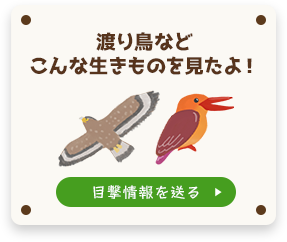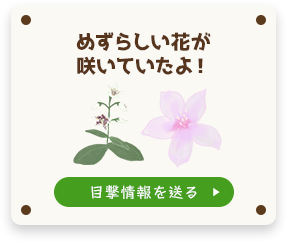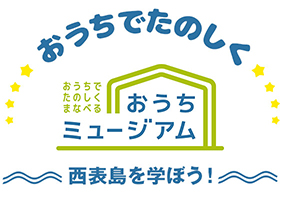Iriomote-Ishigaki National Park
Iriomote-Ishigaki National Park is the southernmost national park in Japan, consisting of Iriomote and Ishigaki islands and the coral-reef seas and islands between them. The park has a unique subtropical landscape consisting of abundant natural environments, such as subtropical evergreen broad-leaf forests, Japan’s largest mangrove forest, and coral reefs. It is home to various animals and plants including endangered and endemic species. It is also characterized by its human landscape, imbued with traditional ways of living in harmony with nature.
The total area of Iriomote-Ishigaki National Park is 122,150 hectares (land area 40,653 hectares; sea area 81,497 hectares), and almost all of Iriomote Island is designated as national park.
(Nature and creatures in Iriomote-Ishigaki National Park [Iriomote district]) Ecosystem
One of the notable characteristics of the ecosystem of the Iriomote district of Iriomote-Ishigaki National Park is the continuity of the sea, rivers and mountains. Diverse ecosystems are closely linked together despite their uniqueness. They include evergreen broad-leaf forests of Suda-jii (Castanopsis sieboldii) and Okinawa-urajirogashi (Quercus miyagii) trees; forests of O-hirugi mangrove (Bruguiera gymnorrhiza) and Yaeyama-hirugi mangrove (Rhizophora stylosa); coastal groves of screw pine (Pandanus odoratissimus) and sea hibiscus; and various hermatypic, or reef-forming, corals. The continuity of these ecosystems creates a highly productive natural environment.
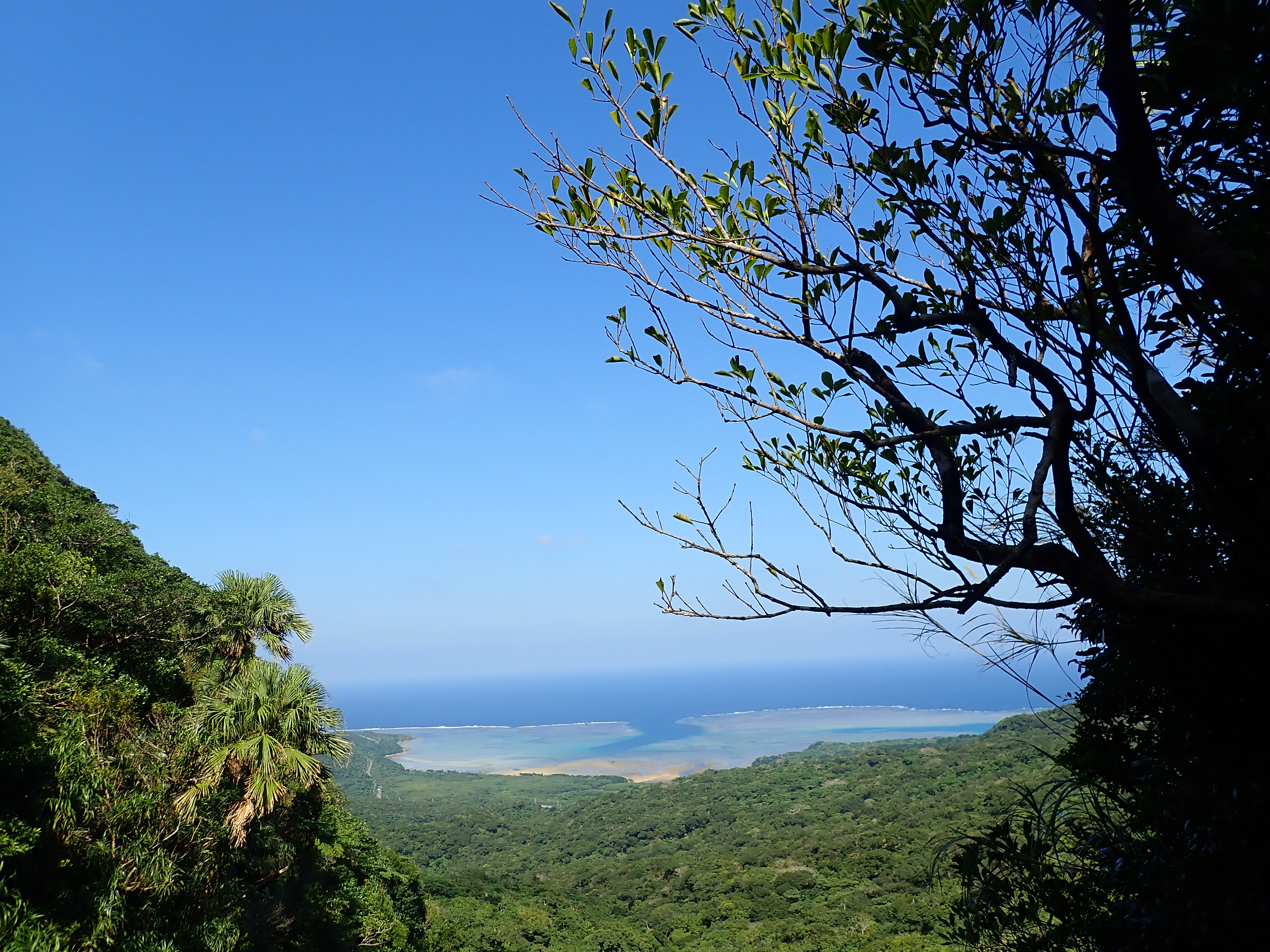
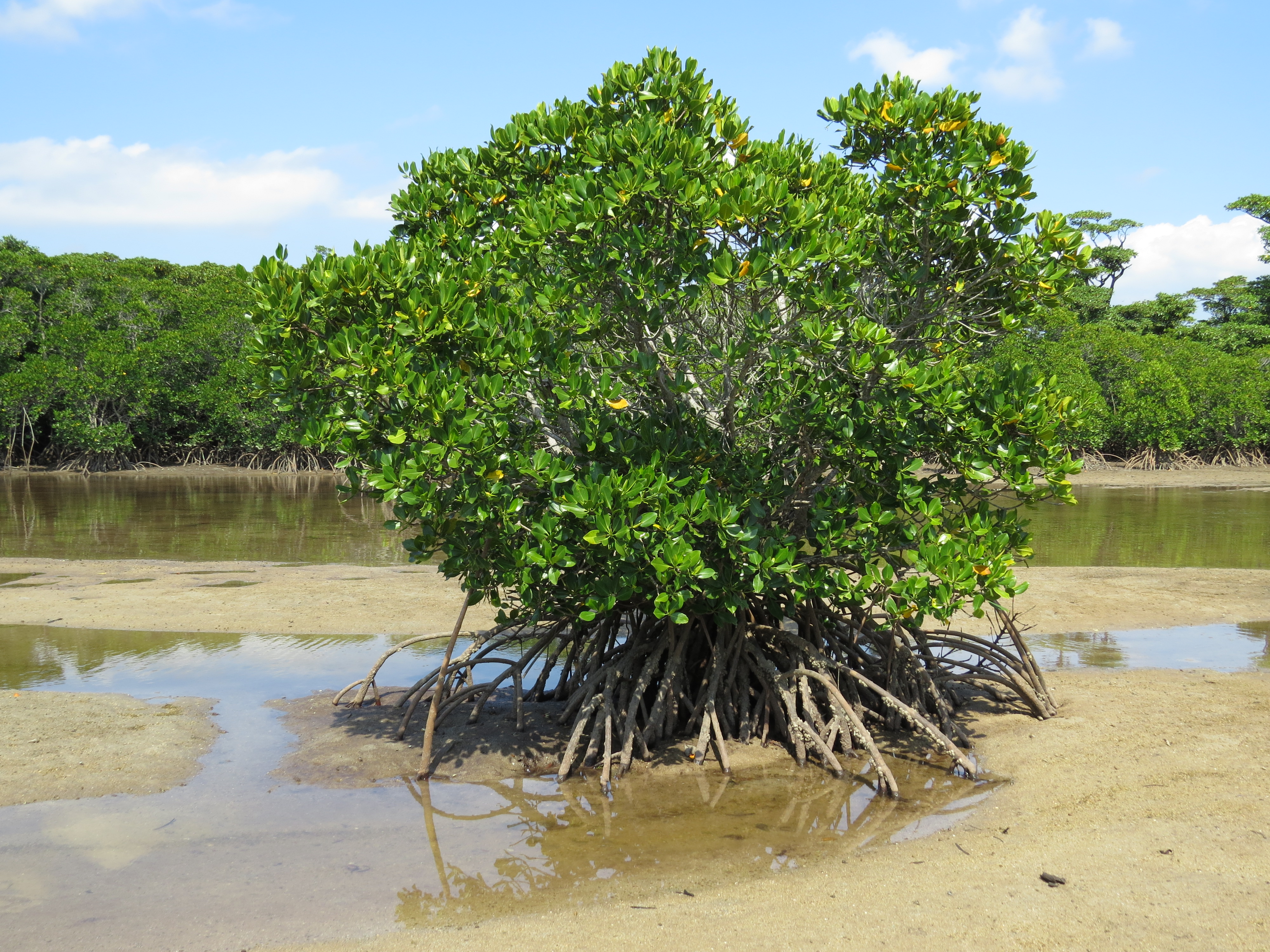
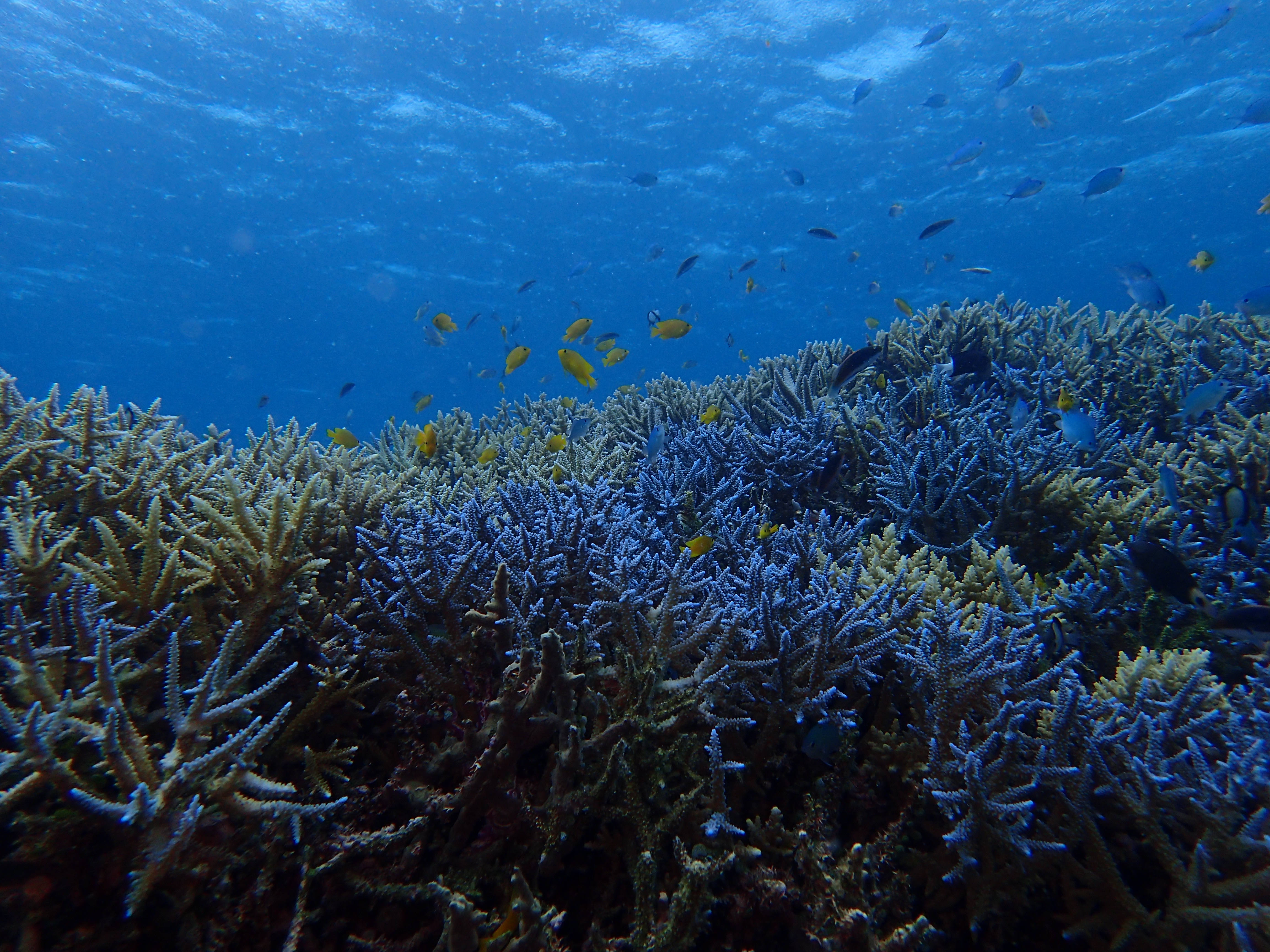
Animals
The Iriomote cat, Kishinoue’s giant skink, the crested serpent eagle, and the Ryukyu yellow-margined box turtle are some of the unique animals that inhabit Iriomote Island. The island’s sandy beaches are important as nurseries for eggs laid by sea turtles.
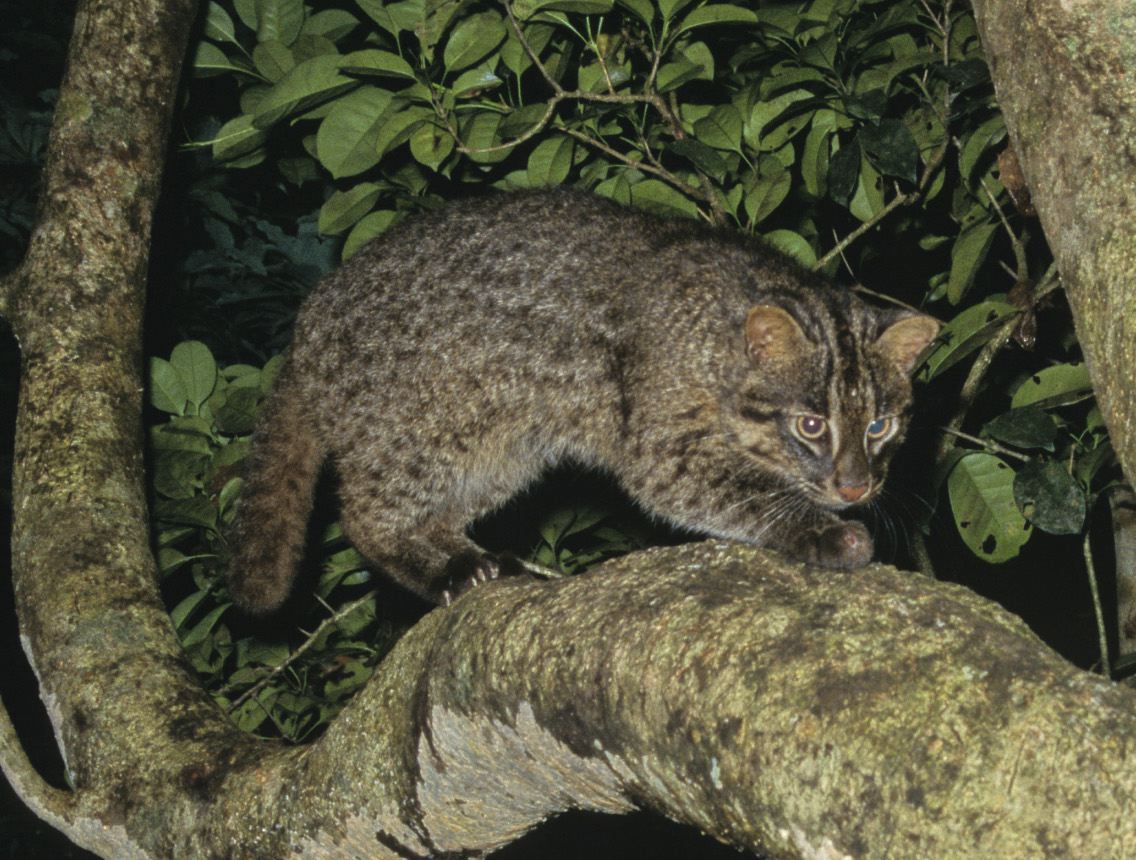
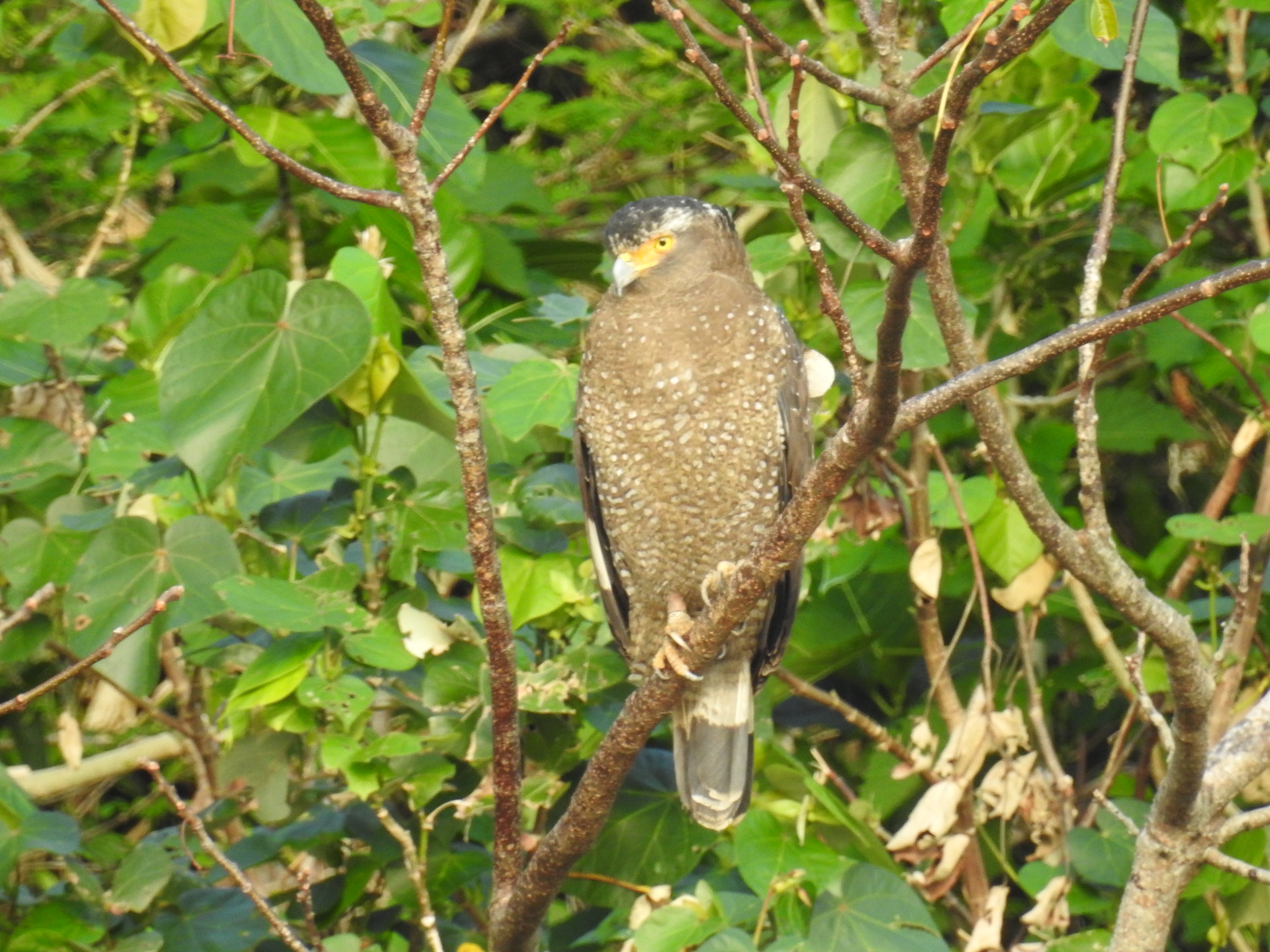
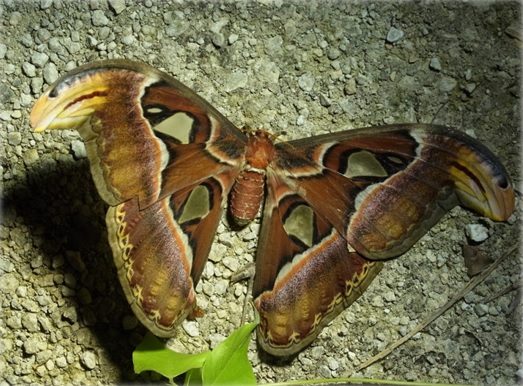
Plants
In addition to species endemic to Iriomote Island, such as Yaeyama-kan-aoi (a wild ginger; Asarum yaeyamense) and Iriomote-gaya (an Asian grass; Chikusichloa brachyanthera ), the island is also home to plants such as the Yaeyama palm, Sakishima-tsutsuji (an azalea; Rhododendron amanoi Ohwi), Sakishima-habukazura (a climbing aroid; Rhaphidophora korthalsii), and the jewel orchid (Macodes petola). Japan’s largest mangrove forest cover spreads over brackish-water areas where fresh water and seawater mix, at locations such as river mouths and along coastlines.

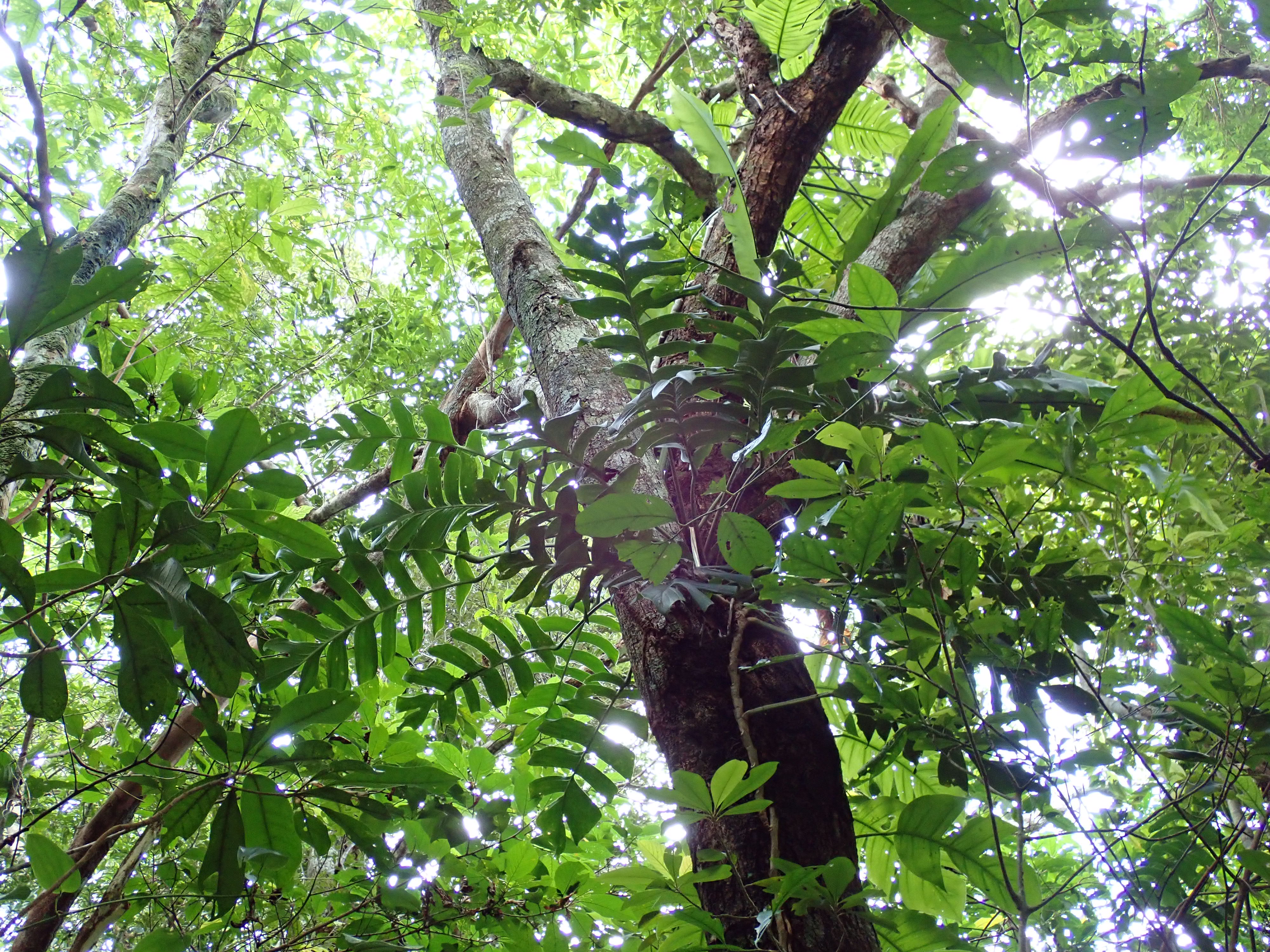
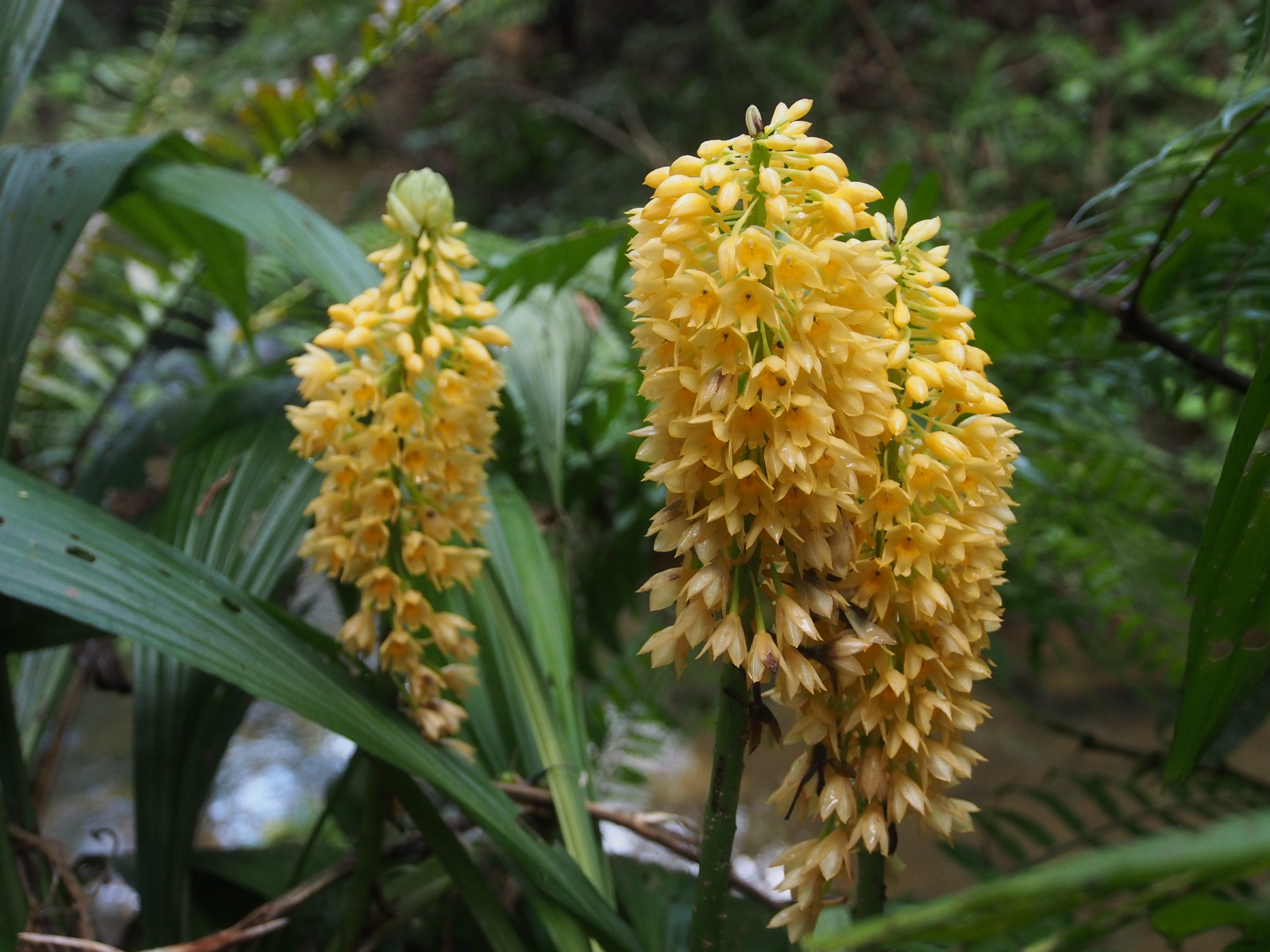
What is a national park?
National parks are places of natural scenic beauty thought to represent Japan that are designated and managed by the government (Environment Ministry) based on the Natural Parks Act. Currently, 34 scenic areas are designated as national parks in Japan. The total area of Japan’s national parks is about 2.19 million hectares, accounting for about 5.8% of national land area. The purpose of national parks is to conserve the natural environment and promote its proper use. Various efforts are made to ensure these goals are met.
Zoning
Zoning is used to classify areas within a national park according to the status of the natural environment and the purpose of use. The parks are divided into Special Protection Zones, Special Zones (type 1-3), Marine Park Zones, and Ordinary Zones. Regulations are most stringent in the Special Protection Zones and most lenient in the Ordinary Zones. The ministry decides the locations of roads, trails, and the park area to ensure that the nature in these parks can be both enjoyed and protected.
In national parks, permission is required for land development according to zone classification.
Special Protection Zone
*All the actions listed in the Special Zone section
・Capturing, removing, etc. of plants and animals
・Damaging or planting of trees or bamboo
・Releasing grazing livestock
・Stockpiling or storing things
・Engaging in controlled burning or making bonfires
・Riding horses, driving vehicles, etc.
Etc.
Special Zone (type 1-3)
・Construction, renovation, or extension of structures
・Felling of trees or bamboo
・Removing, capturing, etc. of designated plants and animals
・Mining minerals or quarrying soil and stones
・Altering the shape of the land
・Raising or lowering the water level or water volume of a river, lake or pond
・Installing, etc. of advertisements
・Reclaiming land from a water area by means of landfill, etc.
・Altering the color of a roof, wall surface, etc.
Etc.
Marine Park Zone
・Construction, renovation, or extension of structures
・Removing, capturing, etc. of designated plants and animals
・Mining minerals or quarrying soil and stones
・Land reclamation of a marine area by means of landfill, etc.
・Altering the shape of the seabed
・Installing, etc. of advertisements
・Mooring items
・Discharging, etc. of waste water
Etc.
*In Ordinary Zones, if you intend to take the above actions on a certain scale, you must notify the authorities in advance.



